


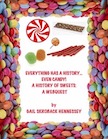
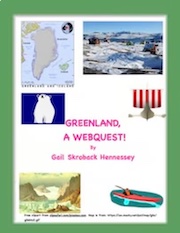
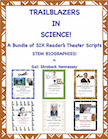
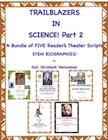

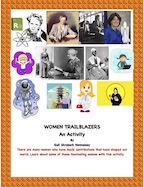
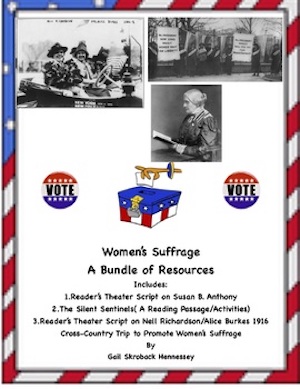
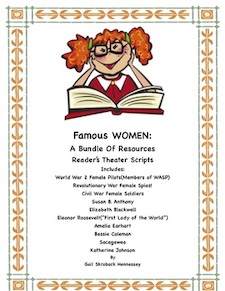
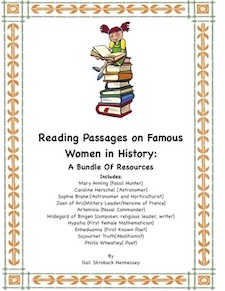

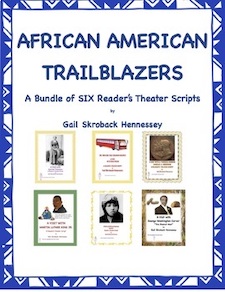
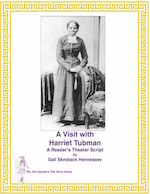
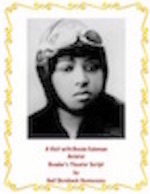
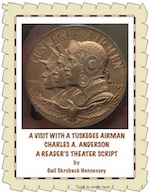
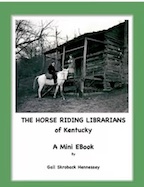

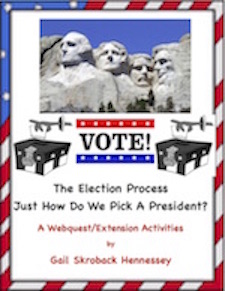
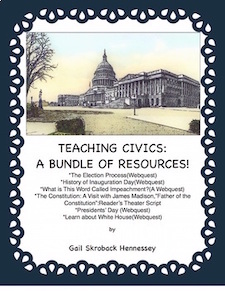
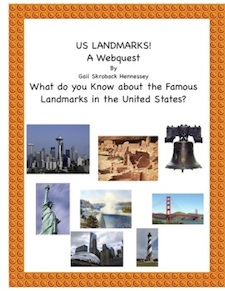

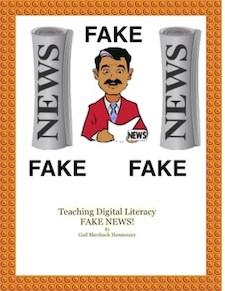
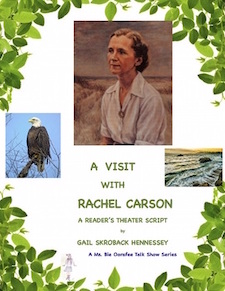
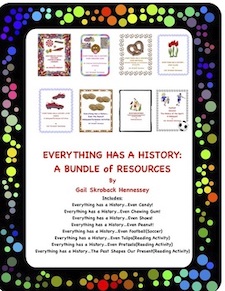
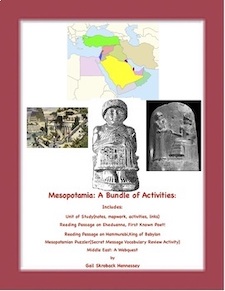
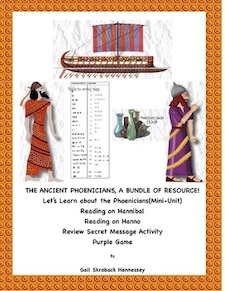
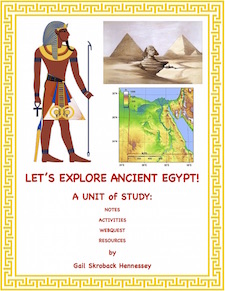
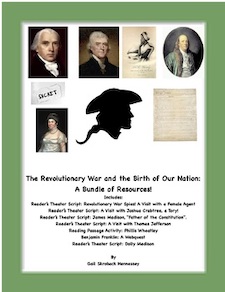
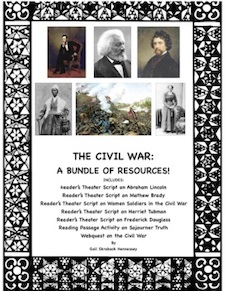
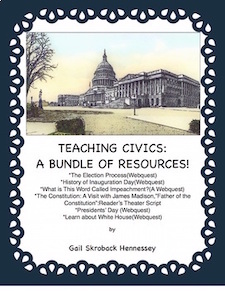
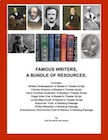
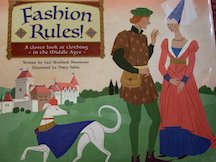
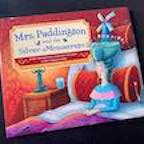
My Book-Mrs. Paddington and the Silver Mousetraps
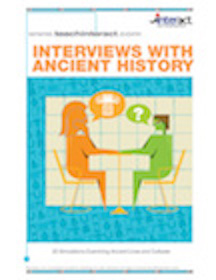




Anti-Bullying Resources

Bell Ringers!

Updated regularly
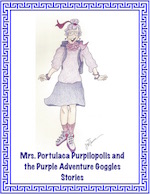
Mrs. Portulaca Purpilopilis
and the Purple Adventure Goggles

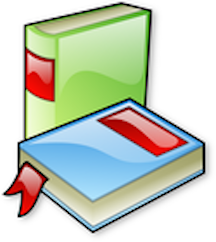


Facts to Wow your Friends!

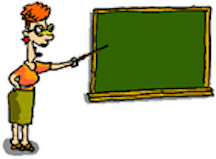 Teaching Ideas!
Teaching Ideas!
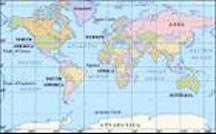
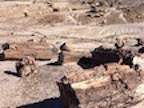

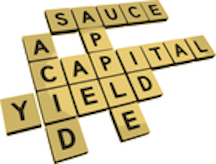

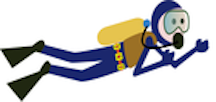

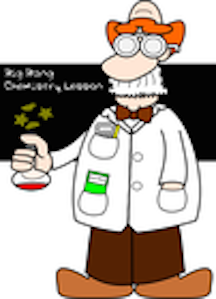
` `

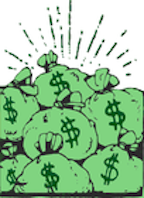
Teaching the Economic Concept of Scarcity
Young Tuma took his camel, Yacza, into the dry desert lands of the country of Zomizza. On the back of Tuma’s camel were 15 earthen jars filled with water. Tuma knew there were many nomads(people that wander from place to place) in the desert and thought that he could make his living selling water to these people. It was his first morning out and Tuma sold ten of the earthen jars of water for 18 chunktins a piece. As the afternoon passed, Tuma came upon a number of people who were eager to buy the remaining earthen jar’s of water. “I’m afraid I only have five jars of water left,” said Tuma as he counted eleven thirsty men.
“ I was here first,” yelled a skinny man.
" I’m the strongest man here and I WANT WATER!,” thundered another man.
“ I have the most mouths to feed,” stated another.
“ I’m the smartest in our tribe and I’m most important to all of you,” reminded another.
“ But, I have the most chunktins,”chuckled another man.
Tuma listened to all the men and especially the last man who said he had the most money. “I can make a lot a money. These people need me and the water I have brought to sell. I’m sure I could get even 28 chunktins a piece for the remaining earthen jars. Tuma began to daydream on what he could do with all the money he would be making. Unfortunately, while Tuma daydreamed, the eleven thirsty men joined together and stole the earthen jars of water off of Yacza’s back before Tuma had realized what had happened. Tuma , much wiser than when he had first arrived in the desert, and his camel began the long journey back to the village.
Discussion questions:
1. What does “scarcity” mean?
2. Can you think of some things that are scarce?
3. What are some four ways to distribute something that is scarce?
4. When something is scarce, how is the price usually effected?
5. If one country has something another doesn’t and wants badly, what might happen between these two countries?
1. Discuss with students the idea of supply(amount of a good or service) and demand(the number of people that want a good or a service) and how the price can be effected.
A. If there is a hurricane in Florida which destroys a lot of oranges, what could happen to the price of orange juice? Show the S (Supply) and D(demand) equation: (S<D=higher prices)
B. After Valentine’s Day, what usually happens to the price of holiday candies and why? (S>D=lower prices)
Have students think of other examples.
2. Discuss with students some “silly chain reactions” with Supply and Demand.
A, For example. How can more people using candles effect the price of crayons. Both need wax products so the S of wax< D = higher prices.
B. How can more people skateboarding cause the price of underwear to go up? Knee pads and elbow pads used in skateboarding use cotton as do many types of underwear so the S of cotton< D= higher prices
Have students try and come up with some of these chain reactions.
3. Bring in a book or some other item that students in your class might want and ask if there is anyone who’d like the item. When lots of hands go up, you can say that you have something that is “scarce”. Ask students the different ways you could distribute the item(smartest student, most improved, most helpful to peer, lottery).

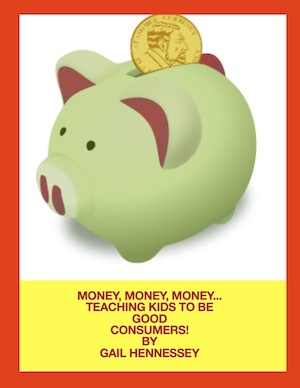
Illustration from WPClipart.com